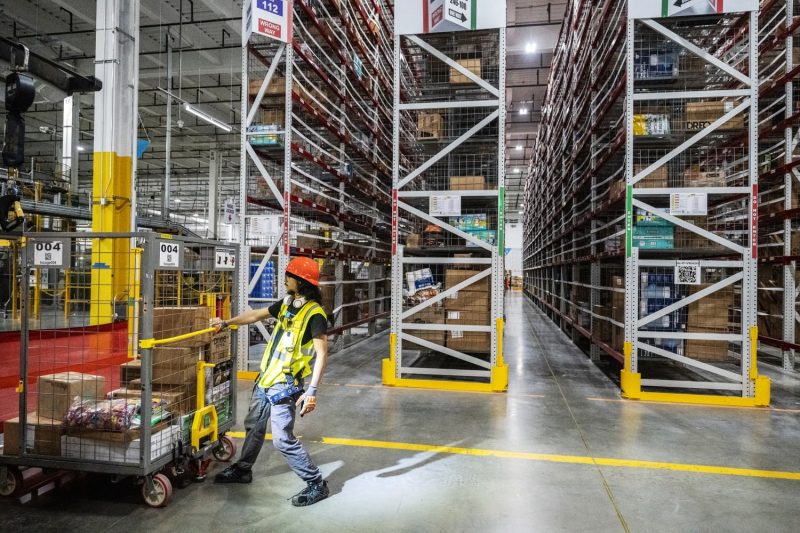In the latest economic revelation, the U.S. unemployment rate experienced an incremental movement, namely ticking up by 0.3% to a slightly worrying 4.3%. This upswing indicates a potential undercurrent of a broader economic slowdown which may gradually manifest into a full-scale limitation of economic activities operating in the nation. The insinuations of this subtle yet significant shift warrant a careful analysis.
The rise in the unemployment rate may seemingly appear to be a reflection of a softening labor market. However, beneath the surface, it symbolizes a multilayered economic narrative encompassing several key factors working in unison. It is critical to understand that the unemployment rate is a statistically nuanced topic, combining both quantity and quality indicators of the employment landscape.
One noteworthy factor contributing to the raise in unemployment rate is the shrinking pool of the labor force, evidenced by an increase in the number of discouraged workers. Discouraged workers, who have quit the search for jobs due to perceived futile efforts, are a prominent yardstick of an economy displaying signs of stagnation. A contraction in the job market instigates a ripple effect throughout the economy by decreasing the purchasing power of consumers and reinforcing overall sluggishness.
Simultaneously, the COVID-19 pandemic has exacerbated the unemployment scenario, introducing industry-specific recessions. Sectors like leisure, hospitality, and retail experienced workforce shrinks at a faster rate than other sectors, substantially pushing the unemployment rate upwards. The diminished business revenues and alarmed sentiments of potential layoffs also motivate a hesitant behavior in consumer spending, further straining the economy.
However, it’s crucial to note that a raised unemployment rate can also indicate a fluctuating economy. It might reflect the dynamism of the labor market where workers are transitioning between industries and jobs. A specified scrutiny into the quality of available jobs, especially in terms of wage growth and job security, is fundamental to interpret the implications of a heightened unemployment rate.
Another insightful perspective is that the uptick portrays a ‘quits rate’ phenomenon, wherein the rate reflects higher incidences of workers voluntarily quitting their jobs in search of better opportunities. This suggests an increased confidence among workers in their ability to secure more rewarding employment, in spite of the broader economy dipping toward a slowdown.
Nevertheless, what appears clear is that the increase in unemployment rate does point towards signs of a broader economic slowdown. The impact is immediately perceptible in consumer behavior, with a noticeable decrease in consumer expenditure and constricting consumer confidence. This, in turn, affects producers’ decisions about production, investment and hiring, further fueling the cycle of economic slowdown.
Amid such dynamics, the role of governmental policies and interventions are paramount. Fiscal policies aimed at allocated targeted resources to revive the most affected industrial sectors can offer some necessary aid. Moreover, a strong focus on job creation and improving job quality can help alleviate the unemployment rate’s potential ramifications.
In essence, the U.S. unemployment rise to 4.3% is symptomatic of economic challenges that cannot be undermined. It demands finely calibrated policy responses and comprehensive measures to root out the underlying causes of increasing unemployment while combating the implications of a broader economic downturn.




